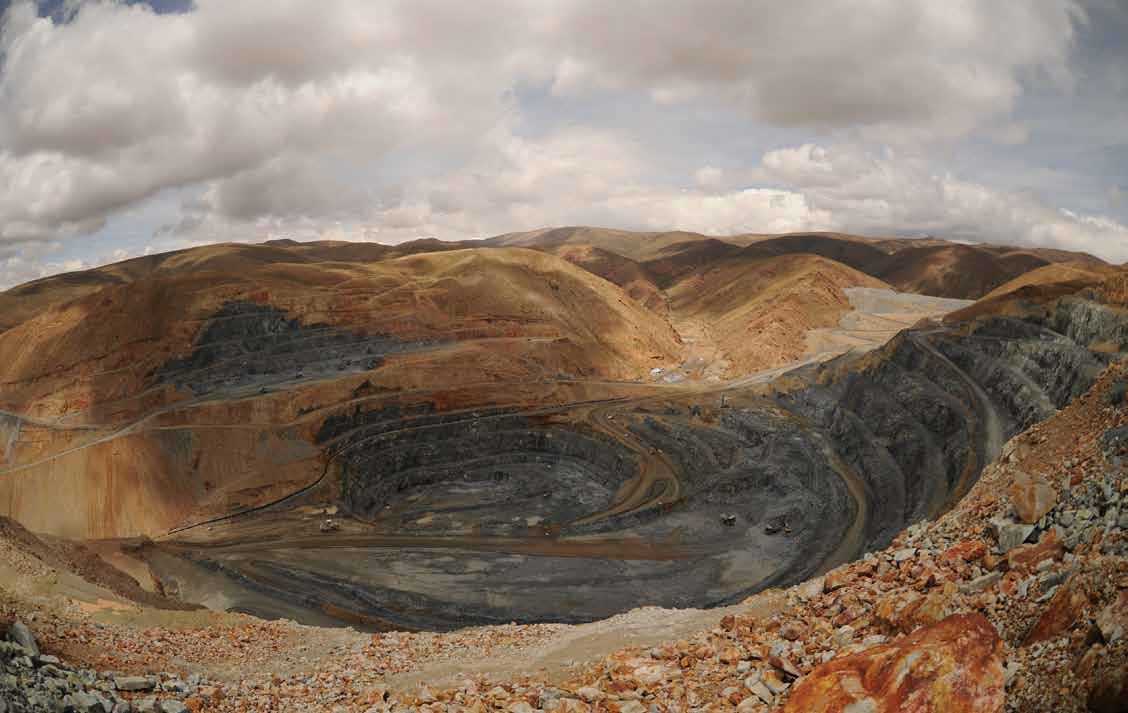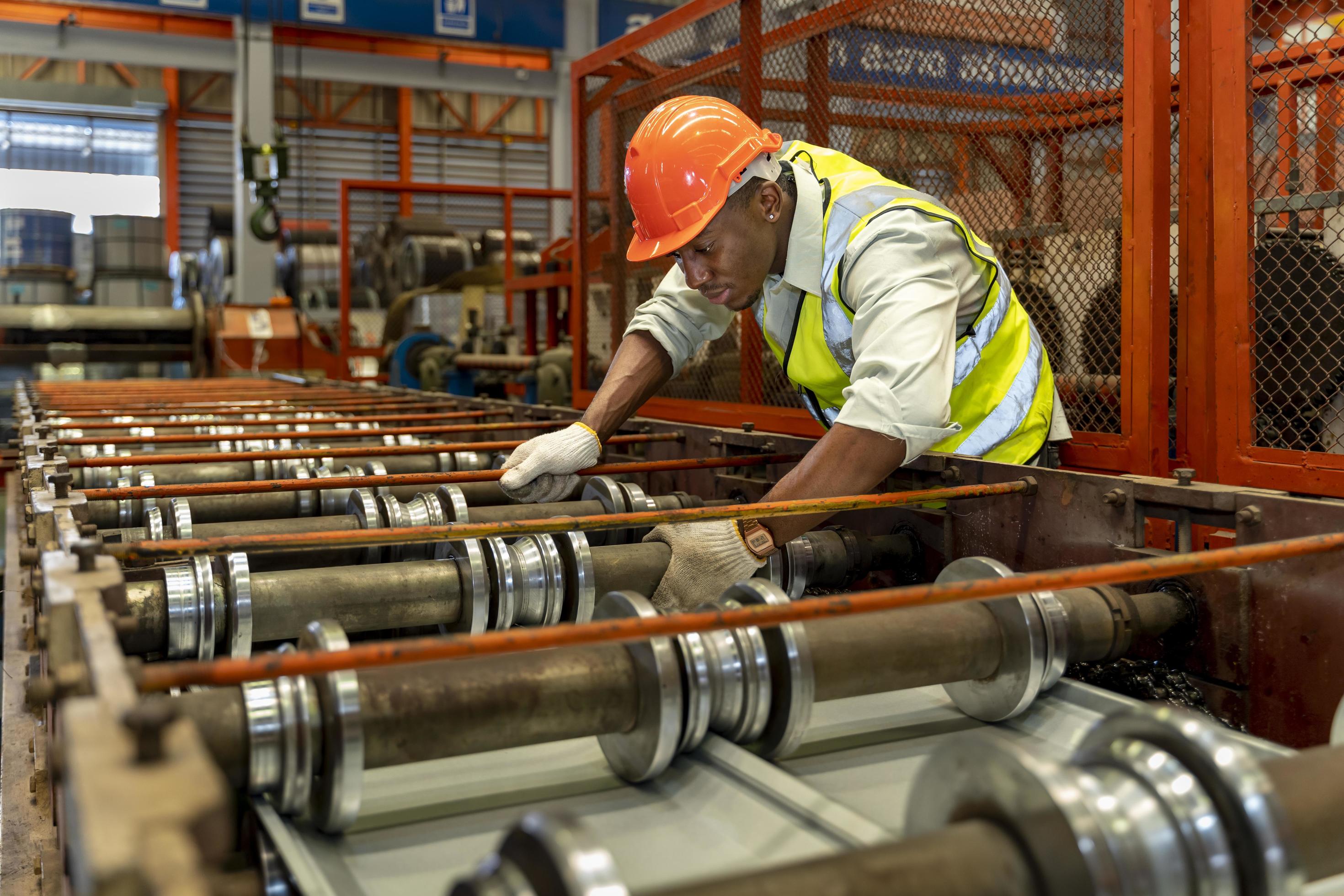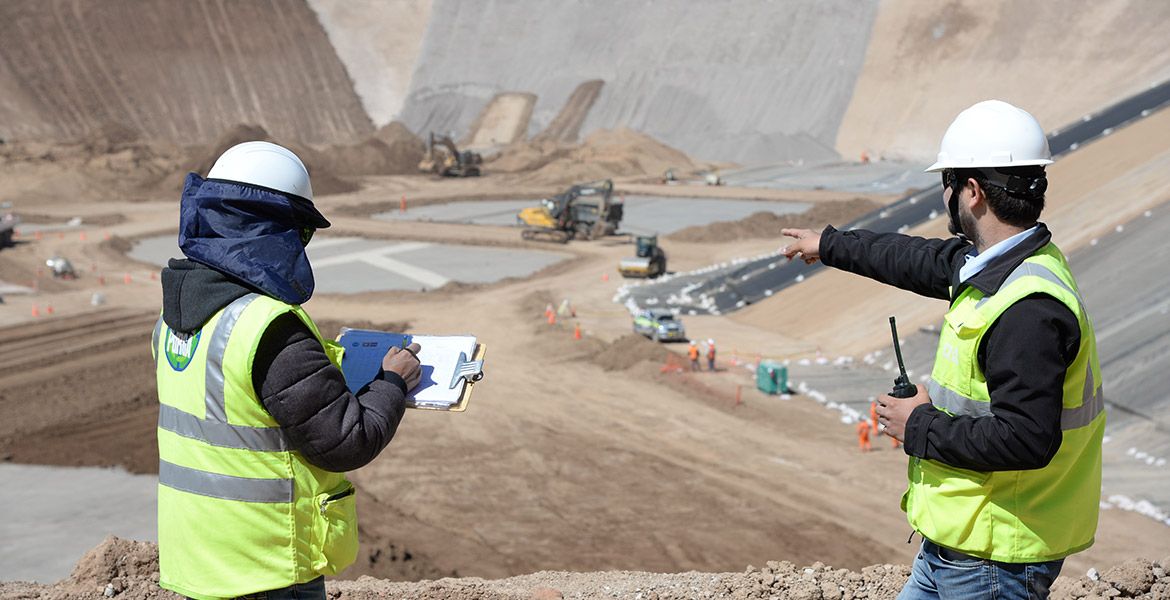
Silver is popular among investors in today’s turbulent markets. Silver Standard Resources is a pure play company with massive resources and significant revenues from metal sales.
Wherever you look in the world today you will find fiscal headaches, says John Smith, President and CEO of Silver Standard Resources. As American and European governments in particular contemplate the three levers they have to maintain their standing, they will tend to opt for currency adjustment in the form of quantitative easing or devaluation, in the hope it will help them export their way to growth—and because it is less of a vote-loser than the alternatives. Both enforced austerity and hiking taxes are politically destabilising too, so he expects a lot of money to be printed over the coming years.
That is not great news but it gives the economies involved a chance to catch up. Meanwhile it is good news for the people involved in extracting precious metals. While uncertainty rules the markets, gold and silver are regarded as a safe haven by institutional and individual investors alike: and if by some miracle growth were to return tomorrow and the currency to harden, demand for silver as a versatile industrial metal with innumerable applications would boom.
Silver Standard has been exploring and acquiring resources since the 1940s and today the Vancouver company has the largest in-ground silver resource of any publicly traded primary silver company. Most of its assets are in Latin America, including Argentina, Mexico and Peru. Until recently it left its assets in the ground, marketing itself as a “resource bank” – great for investors who want exposure to silver without the risks that come from production.
That changed in the early 2000s with the advent of exchange traded funds (ETFs) which allowed investors to take more direct exposure to silver metal and still not have the operating and development risk. In 2006, in a strategic change of emphasis, Silver Standard decided to build a mine at its Pirquitas property in the Jujuy province of northern Argentina and generate cash flow from the sale of metal concentrate. Commercial production started at the end of 2009, with the potential to produce between eight and ten million ounces of silver and ten to twelve million pounds of zinc annually, ranking Pirquitas among the largest primary silver mines in the world. The concentrate it produces is shipped from Antofagasta in Chile to smelters in Japan, Canada and Europe.
For Silver Standard this move meant that the company started to be judged on how it was managing its costs and its time, says Smith. “Pirquitas was difficult to build because of its remoteness and high elevation. This company had its experience in exploration so it not only changed in what it was doing but also needed different people to do it.” In 2010 he came in to lead the company through this tricky transitional period, bringing with him 30 years of resource experience. “We went through a process of building a team of people to enable us to do all things mining.” Metallurgical and technical people were brought in at a senior level, but at the same time he has been careful not to weaken the strong exploration focus of the company. “In mining, exploration is your life blood and you can’t let it go.”
Pirquitas is Silver Standard’s only producing asset and it needed attention. The mine itself was well set up, Smith explains, but the processing plant had some issues. Crushing capacity was stretched, so in 2011 a new tertiary crusher was installed, but the ball mill which pulverises the ore had a problem with its gearbox, a second hand component that had not been refurbished and for which parts could not be obtained. Throughout 2011, he says, production was disrupted as engineers struggled to keep the mill going pending the arrival of a new replacement that had been ordered from Siemens in Germany.
The new gear box arrived in November last year. Since then the mill has run at full capacity. But the experience illustrated something fundamental about the whole industry. “For me, mining falls into two distinct parts. Drilling, blasting, understanding the grades and moving materials around at the lowest cost calls for a particular set of skills. But the processing circuit is more akin to a manufacturing plant. To get that to work best you have to have a continuous flow of material and one of the problems at Pirquitas was an irregular flow. Once we got the ball mill working we were able to look at other pieces of equipment and optimise them in the configuration best for business. So we followed the theory of constraints, seeing where the bottlenecks were and moving them through the system.”
Another part that had never worked properly since the mine started was the concentrate thickening process, where filtering had to be improved considerably to achieve a consistent water content in the final product or ‘cake’. Efficiencies and cost control have been pursued rigorously over the last two years, he says. “Argentina is a high inflation environment and costs are continually under pressure so we have to keep tight control if we are to stay in game and keep within our operating margins.”
Moving into production is a costly business and the company needed to fund the process. Two successful but outlying properties in Canada, Snowfield and Brucejack were spun out to Pretium Resources for $400 million. “The British Columbia properties were very exciting and the exploration teams were having great success up there, but I could see they were going to cost about $3.5 billion to bring into production. The transaction has given us a balance sheet which is quite enviable in terms of being able to do things for the future.”
Now Silver Standard is actively looking at two particular projects out of a range of twelve that are within sight of production. One is a high grade gold and silver mine in Peru. “San Luis would be a very good project for us to do next because it’s a different country, a new mining method and would bring revenue to support future builds. Moreover, this project can be brought to production quickly.”
The second imminent prospect is at Pitarilla near Durango in Mexico. Again he is keen to spread exposure over as many jurisdictions as possible, so having mines in Argentina, Peru and Mexico makes strategic sense. “Pitarilla contains around 800 million ounces of silver in two disseminated ore body types. There is a large sulphide ore body that contains about 500 million ounces and the rest is contained in five different oxide zones. We have been working on a feasibility study to see if we can extract that though an open pit design.” The Pitarilla feasibility study should be available to the board by the end of this year; once in production that mine could produce in excess of ten million ounces a year for a probable mine life of over 20 years, he says.
The strength of Silver Standard as it is now constituted is that it has the flexibility to respond to a very unstable market place. Many successful silver producers have grown as single mine entities, which focuses the attention of management but means that if anything goes wrong there is no plan B. “For us, if something slows down for any reason we can divert to another project. We would have liked to have started San Luis a couple of years ago but the permitting process has been slow there. However, with other advanced projects such as San Agustin in Mexico we have alternative paths to achieving internal growth.
Silver Standard spends up to $25 million a year on exploration drilling activities, testing the results of surface surveys on greenfield sites, establishing deposit limits and expanding its existing proven resources. This year major drilling programs are being conducted at Pirquitas and Pitarrilla as well as several other projects in Mexico, United States and Peru.
Silver Standard is in an enviable position, says Smith. “There are very few companies in our position, with the assets, the cash and the people all in place and so many options for growth.” But of these, having the right people is the most critical, he says. “They can make the difficult assets work and make the most out of the good ones.”
Written by John O’Hanlon; research by Dan Finn
DOWNLOAD
 SilverStandard-AM-Aug12-Bro-s.pdf
SilverStandard-AM-Aug12-Bro-s.pdf













